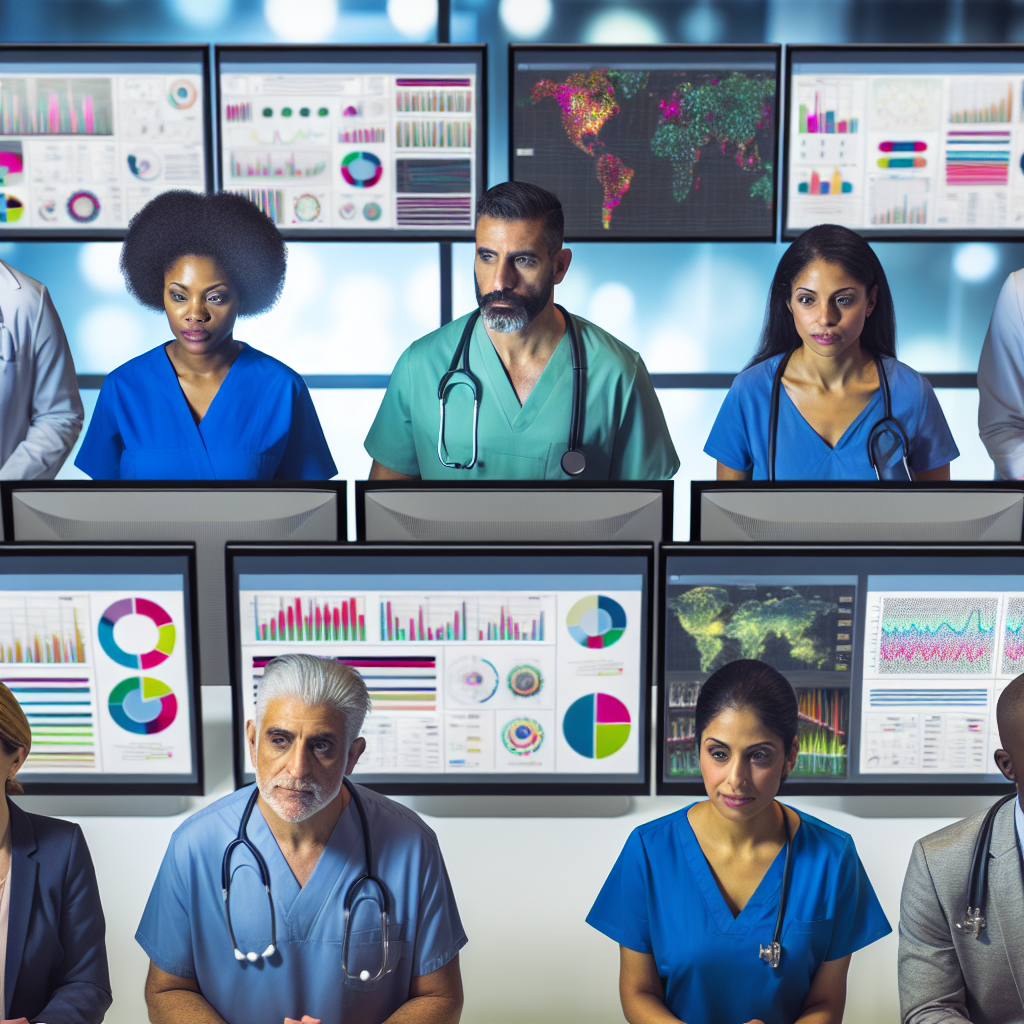Advanced Data Science in Medicine: Revolutionary Changes for 2025
Table of Contents
Emerging Trends in Data Science and Medicine
Data science’s integration into medicine has introduced a range of innovative trends. Predictive analytics allows healthcare institutions to anticipate patient admissions and optimize staffing, reducing operational costs and improving care delivery. Machine learning algorithms play a crucial role in developing personalized treatment plans by analyzing genetic data and patient history. Furthermore, artificial intelligence is enhancing diagnostic processes, enabling earlier detection of diseases like cancer.
Precision medicine, a focus area that utilizes large-scale genetic data, is gaining momentum. This approach enables the customization of healthcare treatments to the individual characteristics of each patient, moving away from traditional one-size-fits-all therapies. The implementation of wearable technology further advances this by collecting real-time health data, prompting immediate analytics-driven interventions.
Frameworks and Technologies
The frameworks and technologies fueling advancements in healthcare analytics are diverse and rapidly evolving. Python libraries such as TensorFlow and PyTorch facilitate the development of machine learning models for predictive and prescriptive analytics. These frameworks enable healthcare analysts to process vast amounts of medical data, extracting meaningful insights to aid clinical decision-making.
The advent of big data technologies like Apache Hadoop and Spark allows healthcare organizations to store and analyze enormous datasets concurrently. This capability supports the creation of robust models that can predict disease outbreaks and patient outcomes. Additionally, cloud-based platforms provide scalable infrastructure, ensuring that healthcare analytics are both flexible and accessible.
Real-world Case Studies
One notable example of data science in medicine is its role in combating the COVID-19 pandemic. Data scientists developed predictive models that projected infection rates, aiding governments in policy formulation and healthcare systems in capacity planning.
Another instance is the use of AI-driven diagnostic tools like Google’s DeepMind in retinal disease. By training on thousands of retinal scans, the system accurately diagnoses various eye conditions, reducing the need for human intervention and allowing for faster treatment.
The Future of Healthcare Analytics
Looking ahead, the future of healthcare analytics is promising, with trends pointing towards enhanced integration of AI-driven systems in routine medical practice. Blockchain technology may revolutionize healthcare data management by safeguarding patient information while ensuring accessibility.
As AI’s capabilities expand, its applications in robotics for surgical precision and rehabilitation therapies will likely become mainstream. The continued development of natural language processing (NLP) will streamline patient-doctor interactions by automating administrative tasks, thus allowing doctors to focus more on patient care.
For further insights, check out article on The Future of Data Science Trends.
FAQ
What role does data science play in medicine?
Data science enhances patient care through predictive analytics, personalized medicine, and improved diagnostic tools, ultimately increasing the efficiency of healthcare delivery.
Which technologies are most prevalent in healthcare analytics?
Key technologies include machine learning frameworks like TensorFlow, big data platforms such as Hadoop, and cloud infrastructures that support extensive data processing and storage.
How will AI reshape the future of healthcare?
AI will transform healthcare by enhancing diagnostic accuracy, developing personalized treatments, automating administrative tasks, and improving patient engagement through connected devices.
Conclusion
Data science in medicine is reshaping healthcare analytics, promising enhanced patient care, operational efficiency, and innovative treatment paradigms. As we move towards 2025, professionals in AI and data science must stay abreast of emerging technologies and their applications in healthcare.
For a deeper dive into AI’s transformative power, consider reading our guide on AI in Healthcare or explore resources from Nature’s medical research section.
Subscribe to our newsletter for more insights and stay ahead of the curve in the fast-evolving field of data science and medicine.



